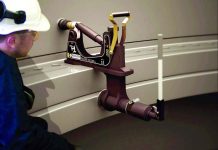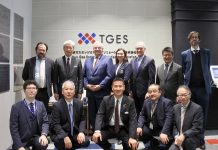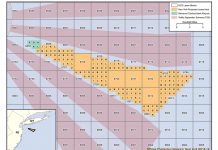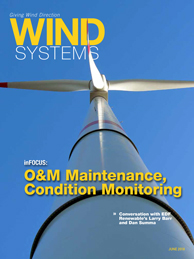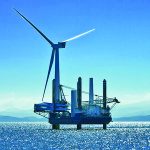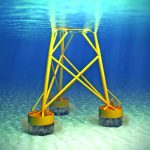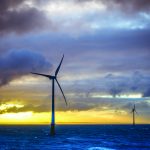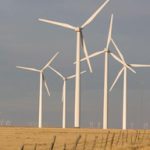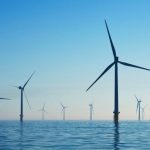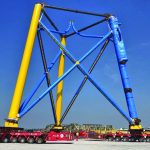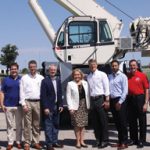Many wind turbines in the United States consist of a steel tower with an average hub height of less than 100 meters. Yet higher wind turbines are proven to produce higher yields. Max Bögl Wind AG is the market leader for hub heights above 130 meters and recently built the world’s tallest wind turbine with a hub height of 178 meters. At AWEA WINDPOWER, the company presented its Hybrid Tower system and showcased its activities in the North American market.
The Hybrid Towers of Max Bögl Wind AG offer an advantage — an efficient combination of concrete and steel that allows for the cost-effective implementation of hub heights of up to 180 meters. Less wind turbulence and thus significantly better wind yield means that each additional meter of hub height increases the annual energy yield of the turbine by 0.5 percent to 1 percent. This ensures a faster ROI for the entire project.
Knowledge transfer
Max Bögl Wind AG has been deploying its modular hybrid tower system in Germany with great success over the years and is now the market leader for hub heights above 130 meters. The world’s tallest wind turbine — with a hub height of 178 meters — began operating near Stuttgart at the end of last year. The family company from Bavaria said it believes hybrid towers can be a huge success in the North American market as well. Ever rising steel prices make it difficult to accurately calculate the costs for steel-tower turbines.

Concrete prices, on the other hand, are stable and make cost calculations for hybrid towers much more reliable. The hybrid towers of Max Bögl Wind AG are constructed in mobile factories using local workers and local resources. This ensures added value on the local level.
Combining steel and concrete
The secret to achieving such great heights lies in the unique combination of precast concrete parts and steel elements. The concrete component is completely maintenance-free and especially durable. Consisting of a rigid concrete tower section and a more flexible steel tip, hybrid tower systems also offer better static and dynamic response behavior and higher fatigue strength and longevity than pure concrete or steel towers. The modular design and simple “stacking” of rings allow fast construction of the concrete tower within a week, and this under any weather conditions.
With the water battery, Max Bögl Wind AG has also developed a completely new large-scale storage facility, which sets new standards in a technologically innovative way. For the first time, power generation from renewable energies such as wind, solar, or biomass is combined with a modern pumped-storage power plant. The water battery can store surplus power from the grid and then release it when needed. The tower foundations of wind turbines also can serve as storage reservoirs that are higher than the pumped storage power plant and the lower reservoir.
Source: Max Bögl Wind AG
For more information, go to www.mbrenewables.com/en
















